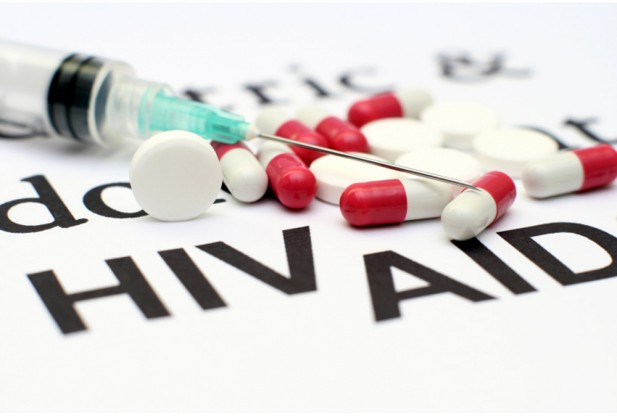
Sharing Needles among drug users is one of the causes of the increasing HIV cases in Cebu. (INQUIRER.NET file)
Draft executive order proposes guidelines for clinics
The City Health Offices in Cebu, Mandaue and Lapu-Lapu have noted an “explosive increase” in human immunodeficiency virus (HIV) prevalence among people who inject drugs (PWID).
To address this, the three offices have drafted an executive order providing HIV prevention and control strategies for PWIDs referred to or received in Social Hygiene Clinics (SHC).
At present, interventions are being implemented in SHCs only for female sex workers.
Dr. Daisy Villa, City Health officer-in-charge, said the draft order was submitted to the City Legal Office for review on April 28. It will be submitted for approval by Mayor Michael Rama.
If approved, the document will serve as “supple ment to the Manual of Procedures for Social Hygiene Clinics (SHC).”
In the draft executive order, the City Health said there are around 5,000 PWIDs in Cebu, Mandaue and Lapu-Lapu cities.
About half are in Cebu City while the other half are in Mandaue and Lapu-Lapu.
“An explosive increase in HIV prevalence was observed in this population in the past few years,” the draft order stated.
HIV prevalence among PWIDs in the three cities was estimated at 0.21 percent in 2009.
This surged to 53 percent and 53.16 percent in 2010 and 2011, respectively, based on the Integrated HIV Behavioral and Serologic Surveillance (IHBSS) system. This means that about half of the PWID population tested positive for HIV.
In 2013, the combined male-female HIV prevalence was recorded at 48 percent in Cebu City and around 42 percent in Mandaue City.
The document stated that only two out of 10 PWIDs, or 21 percent, in Cebu City have been tested for HIV. In Mandaue, only 4 percent of the PWID population has been tested.
“HIV risks among PWID are high, with 95 percent in Cebu City and 72 percent in Mandaue City reporting (that they have) visited a ‘shooting gallery’ within the past year,” the draft order stated.
Nearly 30 percent, or three out of 10 PWIDs, in Cebu City and 40 percent, or four in 10, in Mandaue reported sharing needles during their last injection.
Widespread needle sharing practices are also indicated by the high hepatitis C prevalence at 95 percent.
“The rapid increase in the rate of HIV infection among PWID demands more robust local responses to increase access to and coverage of prevention, diagnostic, treatment, care and support services,” the draft order stated.
City Health is implementing HIV prevention and care services for PWIDs with assistance from partners such as the National AIDS-STI Prevention and Control Program of the Department of Health,
Global Fund, Asian Development Bank, World Bank, and US Agency for International Development.
However, there is no unified guidelines for HIV interventions for PWIDs in the Social Hygiene Clinics.
Among the interventions proposed in the SHC are: outreach activities to reach PWIDs in their communities; motivational interviewing; case management of HIV-positive clients; and referrals to the Service Delivery Network for Persons Living with HIV.
The proposed administrative order was drafted with the assistance of the Reaching Out to Most at-risk Populations (ROMP) project.
Loreto Roquero Jr., project director, said in a letter to Villa that the draft was finalized after three consultation meetings with implementers, partners and stakeholders.
The Department of Health (DOH) earlier reported that Central Visayas had the second highest number of HIV cases in February this year.
A total of 96 new cases were reported in the region that month. Of these, 67 were documented in Cebu.
RELATED ARTICLE: HIV epidemic
New HIV cases in the country reached an all-time high of 646 last February, the highest number recorded since 1984.
HIV causes acquired immune deficiency syndrome (AIDS), which increases a patient’s susceptibility to diseases and infections. HIV is contracted through intravenous drug use, multiple sexual partners, unprotected sex and transmission of the virus from the mother to the child.